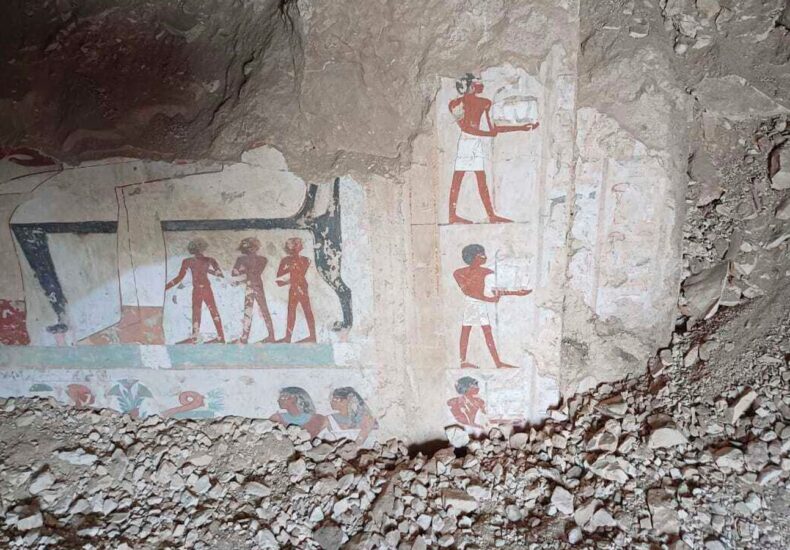
Ancient Tombs Dating Back Over 3,500 Years Discovered in Luxor, Egypt
Archaeological excavations in the southern Egyptian city of Luxor have led to the discovery of three ancient tombs dating back to the New Kingdom period (circa 1550 BCE). Located in the Dra Abu el-Naga necropolis on the west bank of the Nile, the tombs are believed to belong to high-ranking officials who played significant roles in ancient Egyptian society.
According to a statement from Egypt’s Ministry of Tourism and Antiquities, inscriptions found within the tombs provide valuable information regarding the identities and official titles of the individuals buried there. Authorities have noted that further analysis of the hieroglyphic texts is necessary to gain a deeper understanding of the tomb owners and their historical context.
Identities of the Tomb Owners and Historical Context
One of the tombs, although largely damaged, has been attributed to a man named Amum-em-Ipet, who lived during the Ramesside period. The other two tombs are dated to the 18th Dynasty, a prominent era of the New Kingdom.
One tomb belonged to Baki, a supervisor of grain silos—a critical administrative position in ancient Egypt. The second tomb is attributed to an individual identified only as “S”, who held multiple prestigious roles, including supervisor at the Temple of Amun, a scribe, and mayor of the northern oases.
📣 Our WhatsApp channel is now LIVE! Stay up-to-date with the latest news and updates, just click here to follow us on WhatsApp and never miss a thing!!
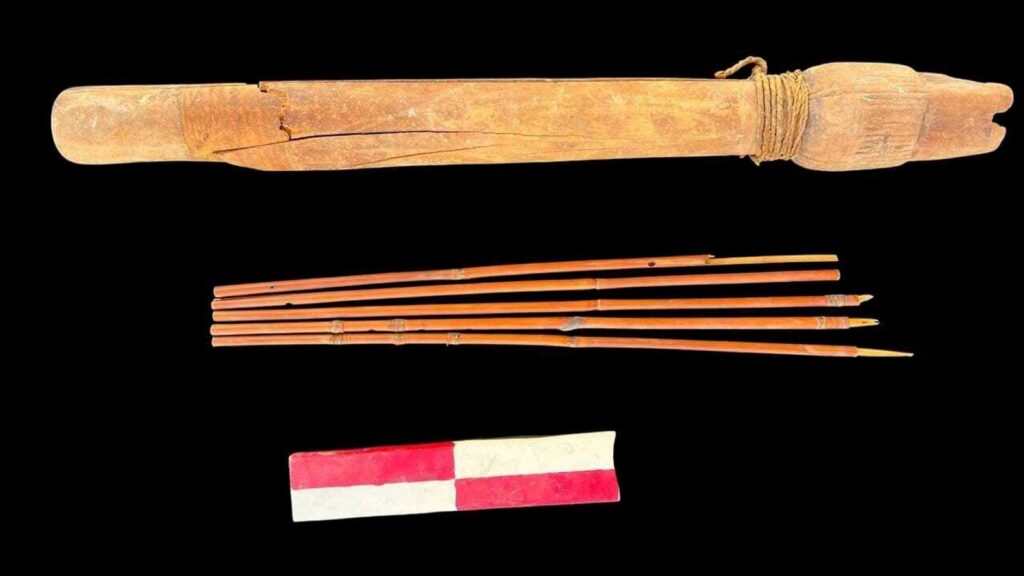
Artifacts uncovered from the tombs, including statues and funerary objects, have been documented and published by the Ministry. These findings offer significant insight into the religious beliefs and bureaucratic structures of the time.
Scientific and Cultural Significance
Dr. Mohamed Ismail Khaled, Secretary-General of Egypt’s Supreme Council of Antiquities, emphasized that the discovery holds considerable scientific value, providing an important addition to the historical narrative of the New Kingdom.
Minister of Tourism and Antiquities, Sherif Fathi, described the find as a major archaeological achievement that also contributes to Egypt’s cultural tourism strategy. He highlighted the role of such discoveries in enhancing global interest in Egypt’s ancient heritage.
Cover Image Credit: Egypt’s Ministry of Tourism and Antiquities
You may also like
- A 1700-year-old statue of Pan unearthed during the excavations at Polyeuktos in İstanbul
- The granary was found in the ancient city of Sebaste, founded by the first Roman emperor Augustus
- Donalar Kale Kapı Rock Tomb or Donalar Rock Tomb
- Theater emerges as works continue in ancient city of Perinthos
- Urartian King Argishti’s bronze shield revealed the name of an unknown country
- The religious center of Lycia, the ancient city of Letoon
- Who were the Luwians?
- A new study brings a fresh perspective on the Anatolian origin of the Indo-European languages
- Perhaps the oldest thermal treatment center in the world, which has been in continuous use for 2000 years -Basilica Therma Roman Bath or King’s Daughter-
- The largest synagogue of the ancient world, located in the ancient city of Sardis, is being restored

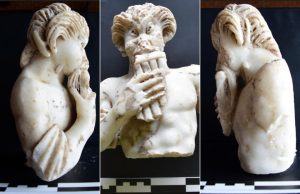
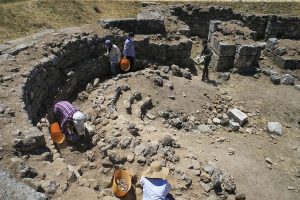
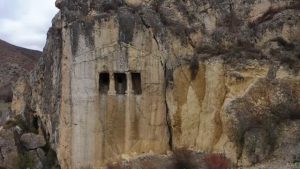
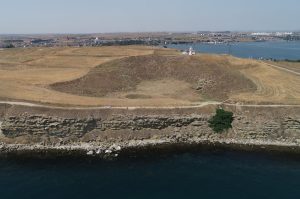
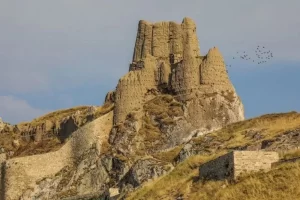
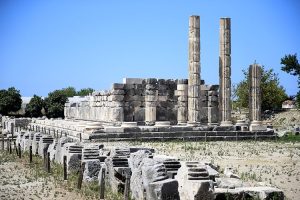


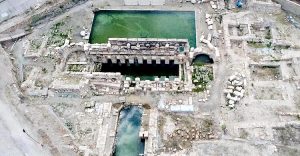
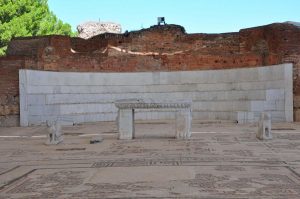
Leave a Reply